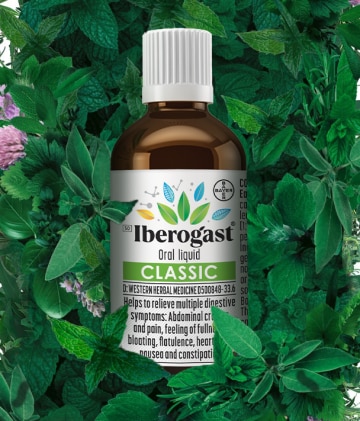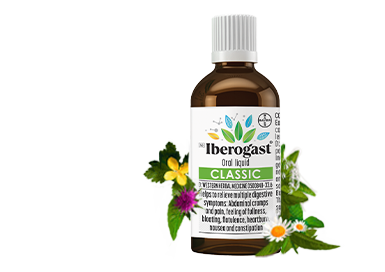Chamomile flowers (Matricariae flos) – universal ingredient
German chamomile (Matricaria recutita) is one of the most popular medicinal plants in the Western world. Almost everyone knows their pleasant unobtrusive smell. Chamomile flowers are used throughout the world for therapeutic purposes. And that's no coincidence: the healing effect of the chamomile flower has been known for millennia. Whether inflammation-related gastrointestinal discomfort or skin irritation - chamomile flowers are the right choice in treating a variety of symptoms.
The origins and many medicinal uses of chamomile
The German chamomile often grows wild and in close proximity to the ground - nowadays it can often be spotted in the neighborhood of urban herb gardens. Chamomile has been used as a medicine for thousands of years, dating back to the ancient Egyptians, Romans, and Greeks. Historically, it has been used to treat many conditions, including, but not limited to sore throats, chest colds, gum inflammation, insomnia and stomach ulcers.
All extracts, teas or other chamomile preparations start with the white and yellow flower head, which can be dried to produce different serving forms, even a bluish oil that can help reduce swelling and may stop bacterial growths.
Another use is in the form of a simple mouthwash, to help treat complaints like mouth sores and gingivitis.
The medicinal plant is also popular as an ointment for irritated skin.
The effect of chamomile flowers on the gastrointestinal tract
It is no coincidence that chamomile flowers have been used to treat gastrointestinal problems since the time of the pyramids and it is not without reason that chamomile is an important component of Iberogast®. Because chamomile flowers have a mucosa-protective and anti-inflammatory effect but at the same time they can balance the motility of the stomach and thus get it going.
In addition, chamomile flowers regulate the acid production of the stomach. The positive anti-inflammatory properties may also help with skin irritation, mucous membrane inflammations of all kinds and as an inhalant for colds. It’s the terpenoids and flavonoids contained in chamomile, which contribute to its medicinal properties.
At a glance: This is how chamomile flowers work in Iberogast®
The following table shows the different active contributions of chamomile flower extract in Iberogast®:
| Active benefits of chamomile flowers in the frame of irritable stomach | |
| Activation of the musculature in the lower stomach | |
| Relaxation of the musculature in the upper stomach | |
| Anti-inflammatory | |
| Regulation of acid production | |
| Protection of the mucosa |
Legend:
| Light impact | Medium impact | High impact |

Interesting facts about chamomile flowers
Did you know that:
- The German chamomile looks very similar to some related chamomile species, such as the Roman chamomile or noble chamomile. However, these are only sparsely used for their medicinal properties.
- The chamomile flowers were already known in ancient Egypt because of their yellow flower head and the white petals as flowers of the sun god "Ra"?
- The German chamomile owes its reputation as a medicinal plant to the ancient Greeks?
- Its original home lies in Southern and Eastern Europe and in the Middle East? Meanwhile, however, it is widespread throughout Europe, North America and also in Australia.
- The German chamomile prefers to grow on nutrient-rich loam and clay soils?
- The chamomile plant can grow to be ten to fifty inches tall, with a highly branched stalk?
- Due to the intensive breeding for medicinal purposes since the late 20th century different chamomile varieties have emerged?
Get an overview of the medicinal herbs contained in Iberogast®.









